The five most frequently missed Private Pilot Written Test questions—August 2024
Flight Training Central
SEPTEMBER 13, 2024
What condition applies when taking off at a high density altitude? What is the difference between a normal landing and a crosswind landing? Denotes entrance to runway from a taxiway. Shorter takeoff roll Higher induced drag Lower induced drag Correct!

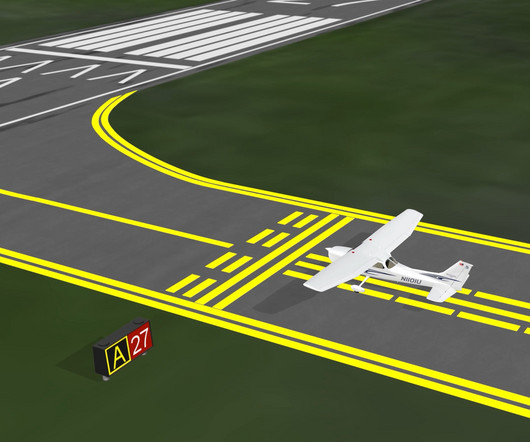

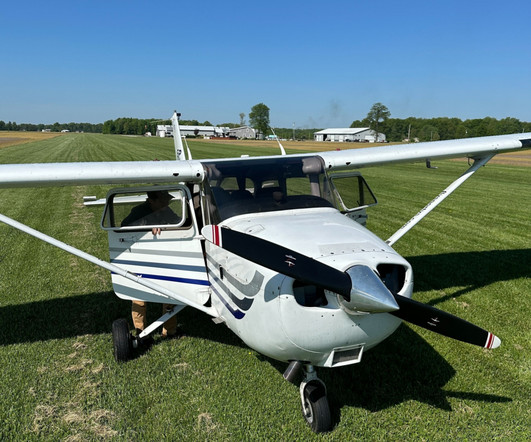


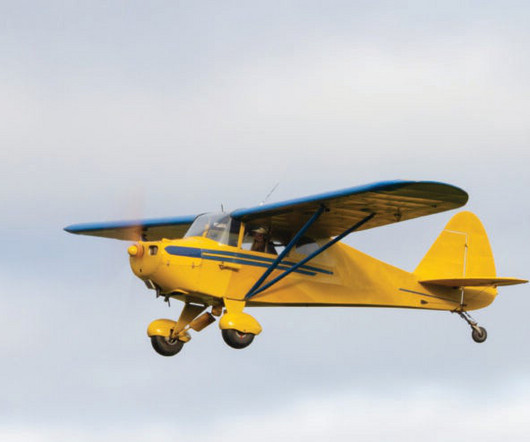
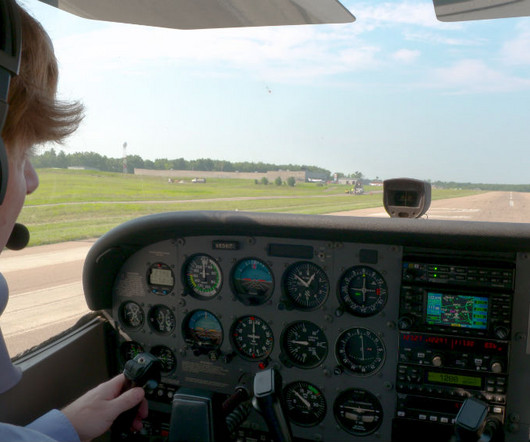



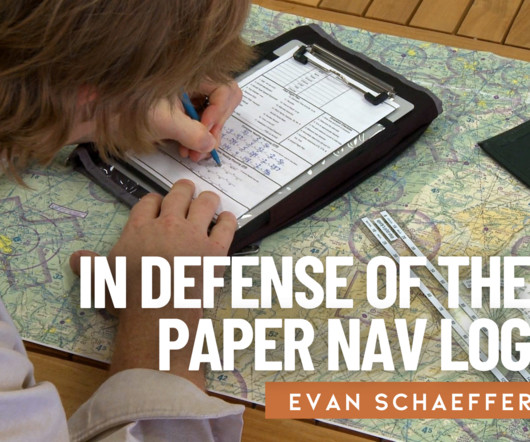







Let's personalize your content